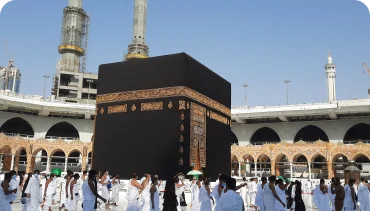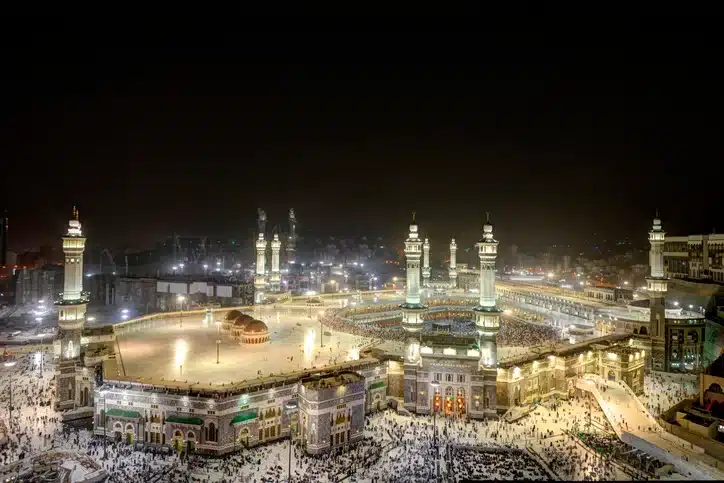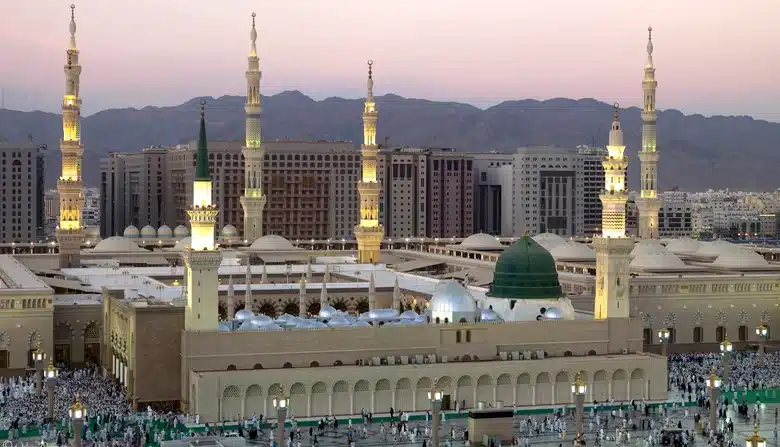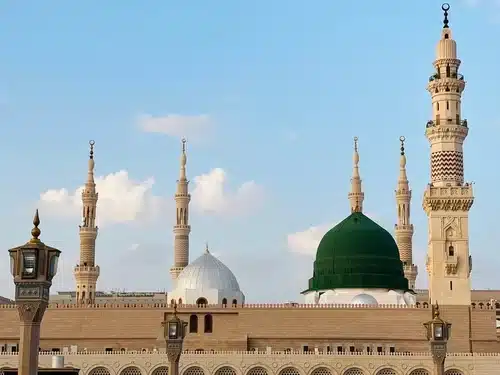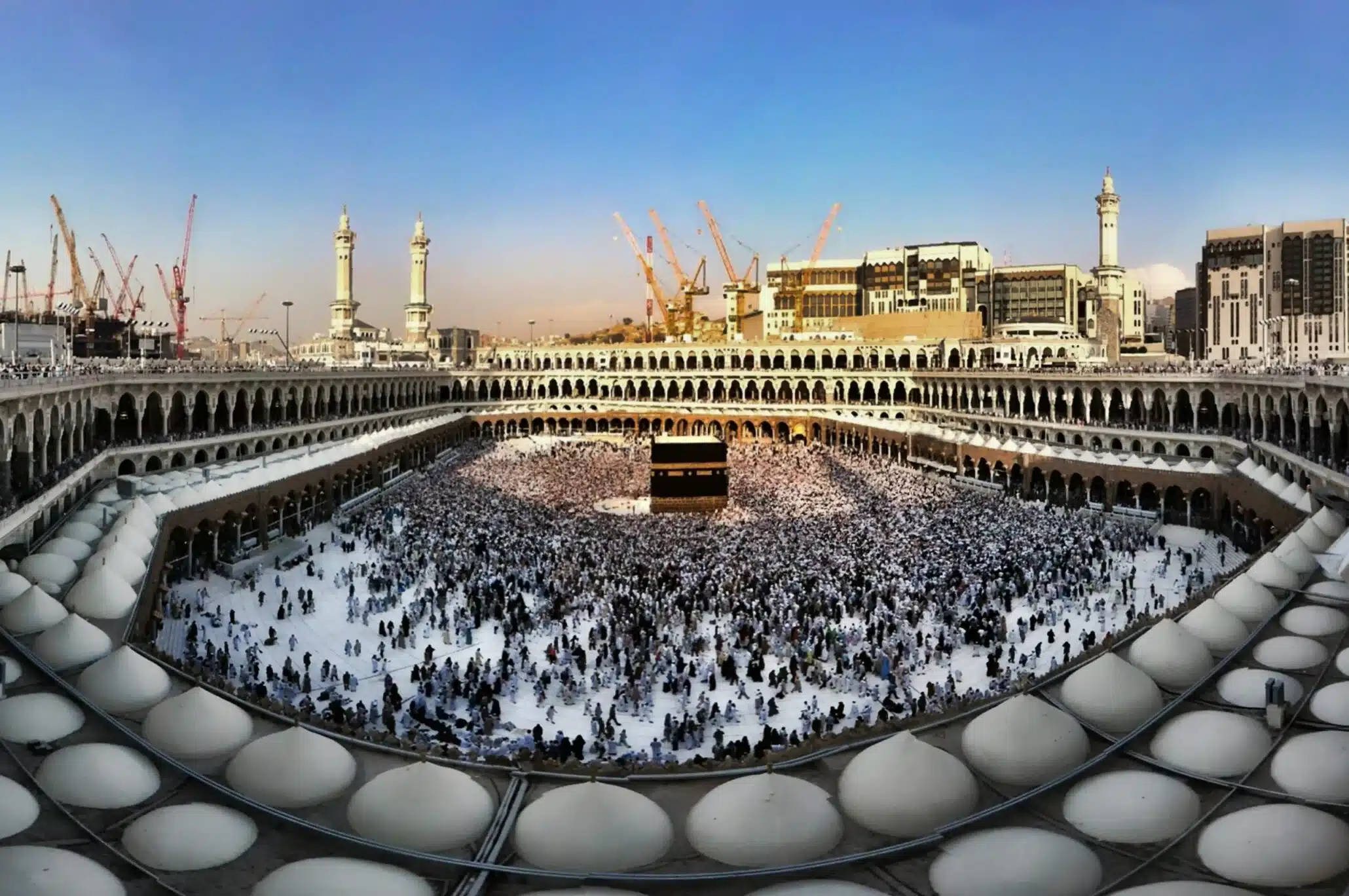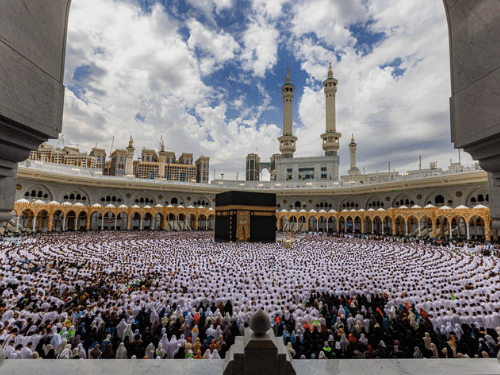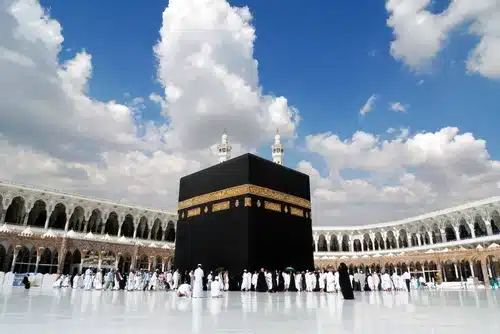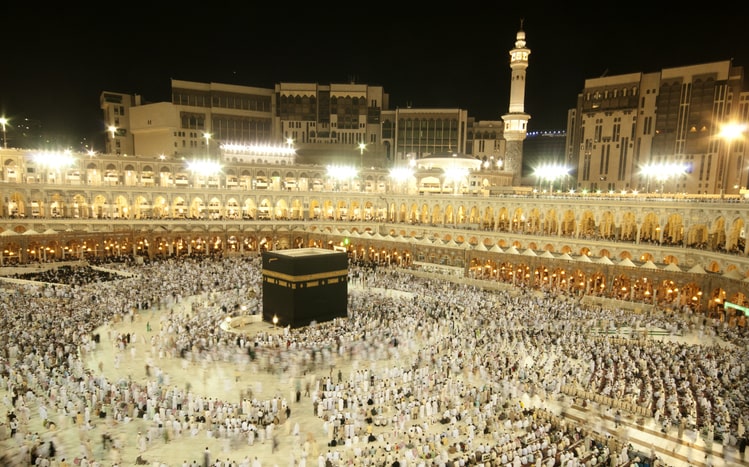The Rich History of Culture and Religion of Hagia Sophia
The Hagia Sophia is a breathtaking architectural marvel in Istanbul, standing as a testament to the enduring power of faith and the interwoven histories of empires. More than just a building, it is a living chronicle of stones whispering tales of Byzantine grandeur, Ottoman dominance, and the enduring human quest for spiritual connection. Its rich history, dating back centuries and encompassing multiple religions, makes it a truly unique and one-of-a-kind architectural marvel.
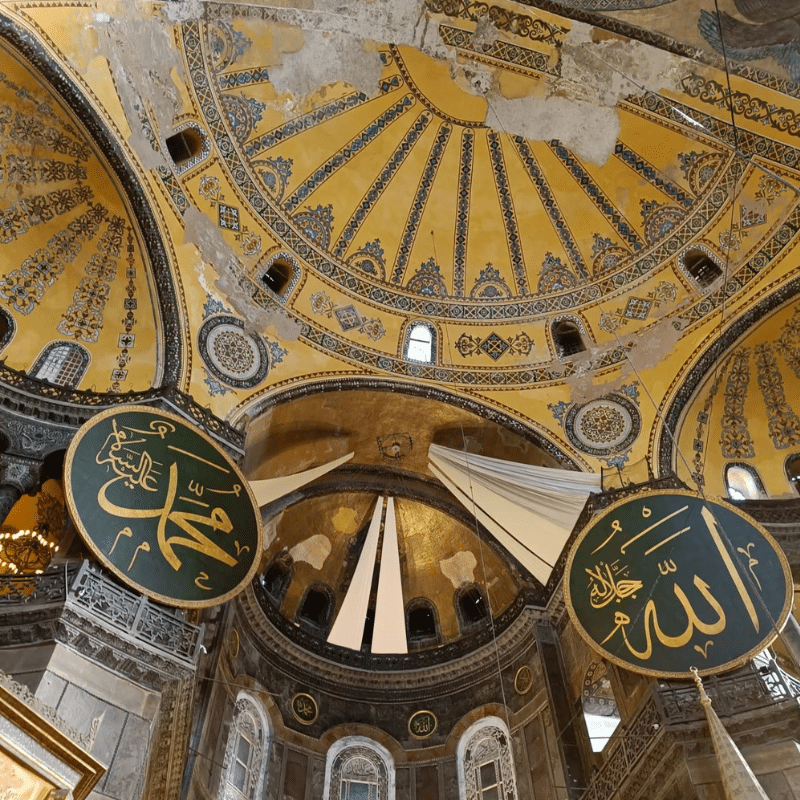
A Byzantine Masterpiece
Construction of the Hagia Sophia began in 532 AD under the reign of Byzantine Emperor Justinian I. Designed by renowned architects Anthemius of Tralles and Isidore of Miletus, it was intended to be the grandest church in the Christian world, a testament to the power and glory of the Byzantine Empire. Its innovative dome, a feat of engineering for its time, soared to unprecedented heights, creating a breathtaking interior space filled with light and majesty. The building’s magnificent mosaics, depicting biblical scenes and imperial figures, further enhanced its splendor, transforming it into a beacon of faith and a symbol of imperial power. For nearly a thousand years, the Hagia Sophia served as the focal point of the Eastern Orthodox Church, a place of worship, pilgrimage, and spiritual reflection.
The Ottoman Era and Transformation
In 1453, Constantinople fell to the Ottoman Turks, marking a pivotal moment in history. The Hagia Sophia, once the heart of the Byzantine Empire, was transformed into a mosque. While the conversion involved significant alterations, such as the addition of minarets and the removal or covering of some Christian imagery, the Ottomans preserved much of the building’s original structure and architectural brilliance. The addition of the minarets, slender towers from which the call to prayer is announced, signaled a shift in religious dominance, the Hagia Sophia continued to serve as a place of worship for the Muslim community. The building’s interior was adorned with intricate calligraphy and Ottoman-era decorations, reflecting the artistic sensibilities of the new ruling power. The Hagia Sophia’s ability to adapt and serve different faiths is a testament to its enduring significance.
A Symbol of Coexistence and a Museum of History
In 1935, under the secular Republic of Turkey, the Hagia Sophia was transformed into a museum, a decision that reflected the country’s commitment to preserving its diverse cultural heritage. This transformation marked a new chapter in the building’s history, opening its doors to people of all faiths and backgrounds. The museum showcased Byzantine and Ottoman legacies, allowing visitors to appreciate the building’s sacred history and the contributions of different cultures and religions. The Hagia Sophia, now a museum, stands as a powerful symbol of coexistence and tolerance, a place where the legacies of different faiths and empires converge and coexist peacefully. The building’s ability to transcend religious boundaries and serve as a shared space for cultural appreciation is a testament to its everlasting significance.
Hagia Sophia and Suleymaniye Mosque
The architectural legacy of the Ottoman era in Istanbul is deeply connected to the Hagia Sophia. The Suleymaniye Mosque, built by the renowned architect Sinan during the reign of Sultan Suleiman the Magnificent, stands as a magnificent example of Ottoman architecture and a testament to the empire’s artistic and engineering prowess. While distinct in style from the Hagia Sophia, the Suleymaniye Mosque reflects the influence of its predecessor, showcasing the evolution of architectural styles and the impact of the Hagia Sophia on subsequent Ottoman constructions. Both structures stand as iconic landmarks in Istanbul, representing the rich history and the enduring power of faith and architectural innovation.
Conclusion
The Hagia Sophia’s journey through time, from a Byzantine cathedral to an Ottoman Mosque to a museum, is a testament to its enduring significance. It is a powerful symbol of cultural exchange, religious tolerance, and the enduring human quest for spiritual connection. Its story is one of empires, faiths, and architectural marvels, etched in stone and whispered through the ages.
